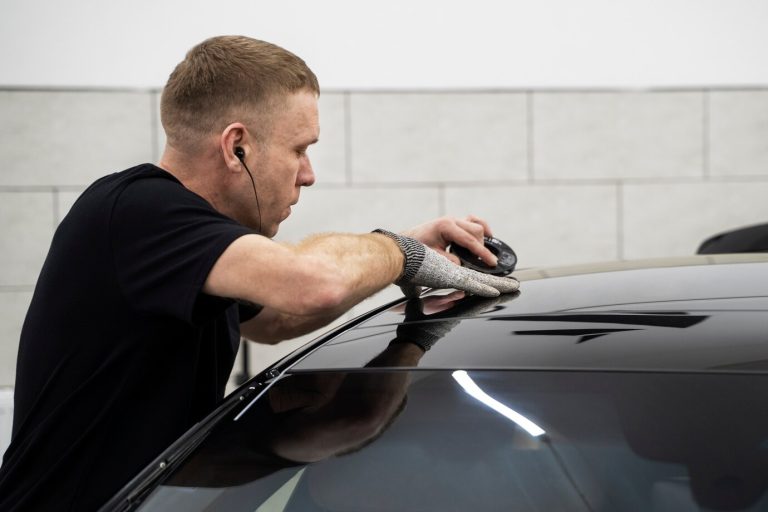Introduction:
Automotive window tinting has come a long way since its inception, evolving from a mere aesthetic enhancement to a feature that encompasses a multitude of benefits. As technology continues to advance, the future of automotive window tinting holds exciting possibilities, blending style, comfort, and functionality. In this blog, we’ll explore the current trends and innovations shaping the automotive window tinting industry and discuss what the future may hold.
- Smart Tinting Technology:
The integration of smart technology in automotive window tinting is on the horizon. Imagine windows that automatically adjust their tint level based on external factors such as sunlight intensity, temperature, or even the driver’s preferences. Smart tinting could be controlled through a mobile app, enabling users to customize the level of tint in real-time. This innovation not only adds a futuristic touch but also enhances the overall driving experience.
- Energy-Efficient Window Films:
With an increasing emphasis on sustainability, the future of automotive window tinting may involve energy-efficient films that contribute to a more environmentally friendly driving experience. These films could be designed to reflect or absorb solar heat, reducing the reliance on air conditioning systems and subsequently improving fuel efficiency. Manufacturers are likely to explore materials that strike a balance between optimal thermal performance and visual clarity.
- Advanced UV and Infrared Protection:
The health-conscious consumer is driving the demand for window films that provide enhanced protection against harmful UV rays and infrared radiation. Future developments in automotive window tinting may include films with advanced coatings designed to block a higher percentage of UV rays, protecting both passengers and the vehicle’s interior from sun damage. This not only contributes to a safer driving experience but also extends the lifespan of the car’s interior components.
- Self-Healing Films:
Scratches and abrasions on window tinting films can be a common concern. The future may see the advent of self-healing films that can repair minor damages automatically. Utilizing innovative materials with the ability to revert to their original state, these films could mitigate the need for frequent replacements and maintenance, offering consumers a more durable and cost-effective solution.
- Integration with Augmented Reality (AR):
As vehicles become more connected, the integration of AR technology with automotive window tinting is a possibility. Heads-up displays projected onto tinted windows could provide drivers with real-time information, such as navigation instructions, vehicle diagnostics, and even augmented reality overlays for enhanced driving safety. This integration could redefine the way drivers interact with their surroundings while maintaining a comfortable and tinted cabin environment.
- Legislation and Standards:
As technology evolves, so will the regulations governing automotive window tinting. The future may witness the establishment of standardized guidelines addressing the use of advanced tinting technologies to ensure they meet safety standards and do not compromise visibility. Striking the right balance between personalization and adhering to legal requirements will be crucial for the widespread adoption of innovative window tinting solutions.
Conclusion:
The future of automotive window tinting is undeniably exciting, with advancements poised to transform this industry beyond aesthetics. From smart tinting technology to energy-efficient films, the evolution of window tinting is aligned with broader trends in automotive innovation. As these technologies mature, drivers can expect a future where window tinting contributes not only to style and comfort but also to enhanced safety, energy efficiency, and sustainability on the roads of tomorrow.

